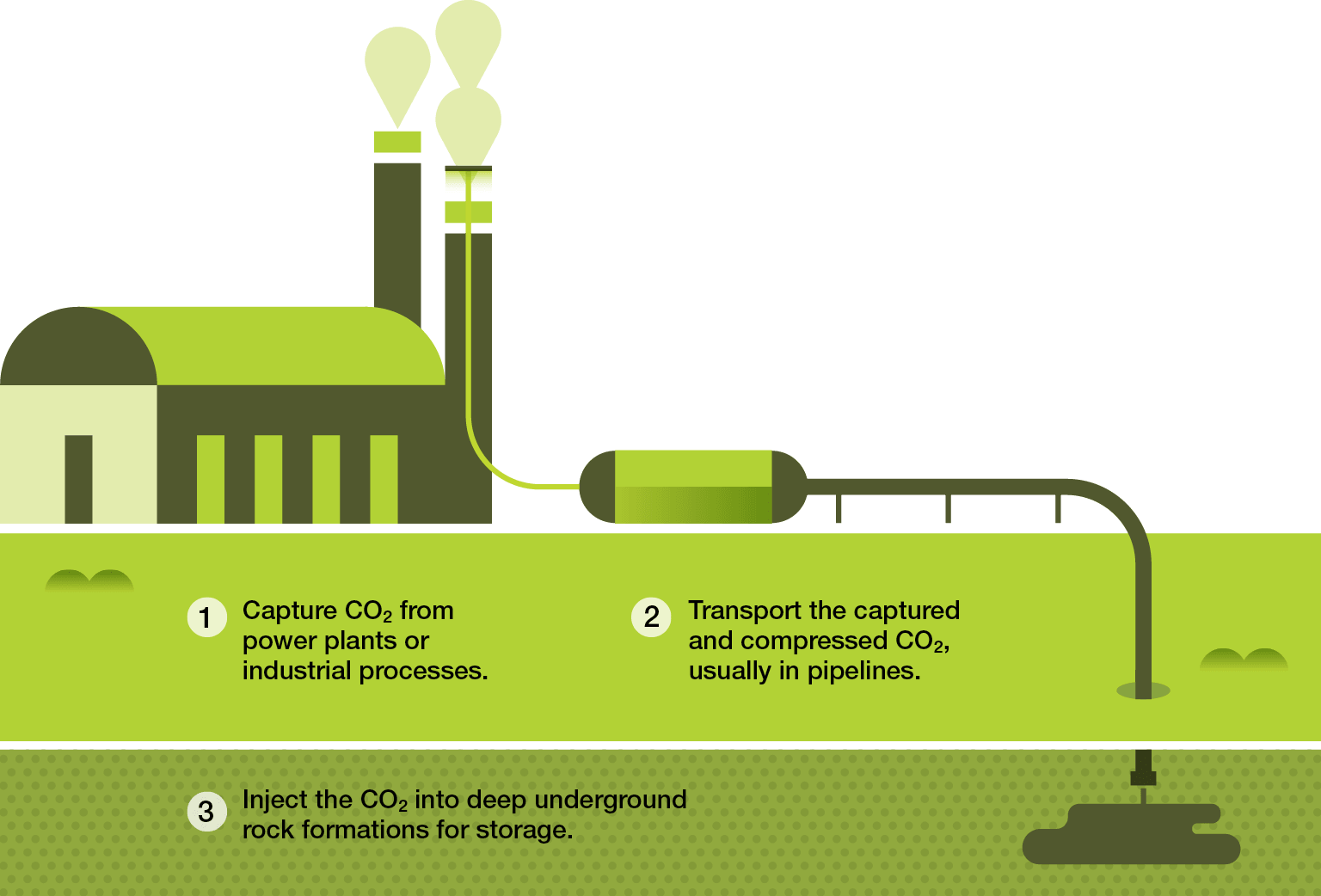Nations
In 2014 the Intergovernmental Panel on Climate Change warned of “severe, pervasive and irreversible impacts” unless greenhouse gases are curtailed. More than 830 scientists, bringing the concerns of the 80-plus nations they call home, contributed to the report. Within their borders and on the world stage, nations wield influence that individuals, cities, and businesses cannot. Their policies can spur green innovation or stunt it, toughen pollution standards or weaken them. The fate of any accord on climate change lies in their hands.

Offshore Energy
Solar is the “biggest tool in the toolbox” for cutting carbon, says Greg Wilson of the U.S. National Renewable Energy Laboratory. The International Energy Agency says wind power will also play a big role and could increase up to tenfold by 2050. At their peak potential, solar and wind could help us avoid some 12 gigatons of yearly carbon emissions, almost a third of the world’s current total. New wind and solar technologies abound. Places short on land are using local waters for wind turbines and solar panels (like these on a pond in Japan’s Kato City).

Carbon Capture and Storage
- Capture CO2 from power plants or industrial processes.
- Transport the captured and compressed CO2, usually in pipelines.
- Inject the CO2 into deep underground rock formations for storage.
It’s too late to keep some fossil fuels from being burned. According to one estimate, the world’s existing power plants are on track to pour more than 300 billion tons of carbon dioxide into the atmosphere before they eventually shut down. That’s where carbon capture and storage comes in (above). Projects in the U.S., Canada, and China are attempting to let us have our coal and burn it too by seizing carbon before it escapes into the air and storing it, usually in the ground. Capturing carbon, though, makes burning coal much less of a bargain. The cost of one pilot project in Mississippi has ballooned to more than six billion dollars.
“The science is clear, and the threat is real. The facts on the ground are outstripping the worst-case scenarios. The costs of inaction—or inadequate actions—are unacceptable.”
Todd Stern
U.S. special envoy for climate change

Reforestation
Maintaining the world’s forests could do a great deal to stem the worst effects of climate change. Forests absorbed 11 percent of U.S. emissions in 2013. Even though an estimated third of the world’s forests have been cut down, experts say we might be able to reclaim five billion acres. Countries such as Ethiopia and Uganda have pledged to restore 865 million acres of degraded lands, which could sequester billions of tons of carbon.
Next: Part 5

How to Curb Climate Change: World
Geoengineering refers to proposed large-scale interventions in the planetary environment designed to counteract climate change. But hacking the planet in such ways carries unknown risks.

Why Germany Could Be a Model for How We’ll Get Power in the Future

